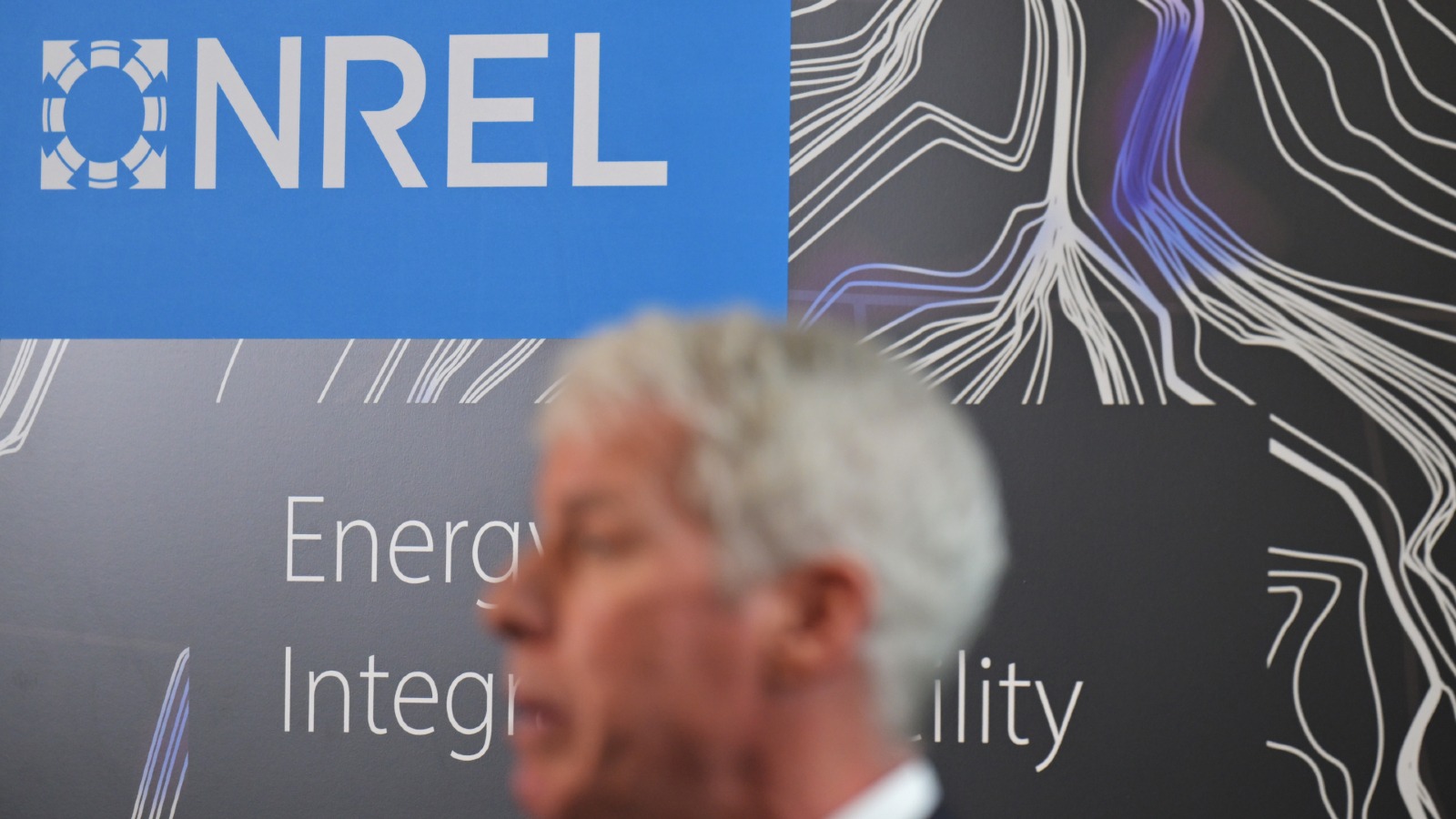Polymers, Vol. 17, Pages 2148: Designing Imidazolium-Mediated Polymer Electrolytes for Lithium-Ion Batteries Using Machine-Learning Approaches: An Insight into Ionene Materials
Polymers doi: 10.3390/polym17152148
Authors:
Ghazal Piroozi
Irshad Kammakakam
Over the past few decades, lithium-ion batteries (LIBs) have gained significant attention due to their inherent potential for environmental sustainability and unparalleled energy storage efficiency. Meanwhile, polymer electrolytes have gained popularity in several fields due to their ability to adapt to various battery geometries, enhanced safety features, greater thermal stability, and effectiveness in reducing dendrite growth on the anode. However, their relatively low ionic conductivity compared to liquid electrolytes has limited their application in high-performance devices. This limitation has led to recent studies revolving around the development of poly(ionic liquids) (PILs), particularly imidazolium-mediated polymer backbones as novel electrolyte materials, which can increase the conductivity with fine-tuning structural benefits, while maintaining the advantages of both solid and gel electrolytes. In this study, a curated dataset of 120 data points representing eight different polymers was used to predict ionic conductivity in imidazolium-based PILs as well as the emerging ionene substructures. For this purpose, four ML models: CatBoost, Random Forest, XGBoost, and LightGBM were employed by incorporating chemical structure and temperature as the models’ inputs. The best-performing model was further employed to estimate the conductivity of novel ionenes, offering insights into the potential of advanced polymer architectures for next-generation LIB electrolytes. This approach provides a cost-effective and intelligent pathway to accelerate the design of high-performance electrolyte materials.
Source link
Ghazal Piroozi www.mdpi.com


